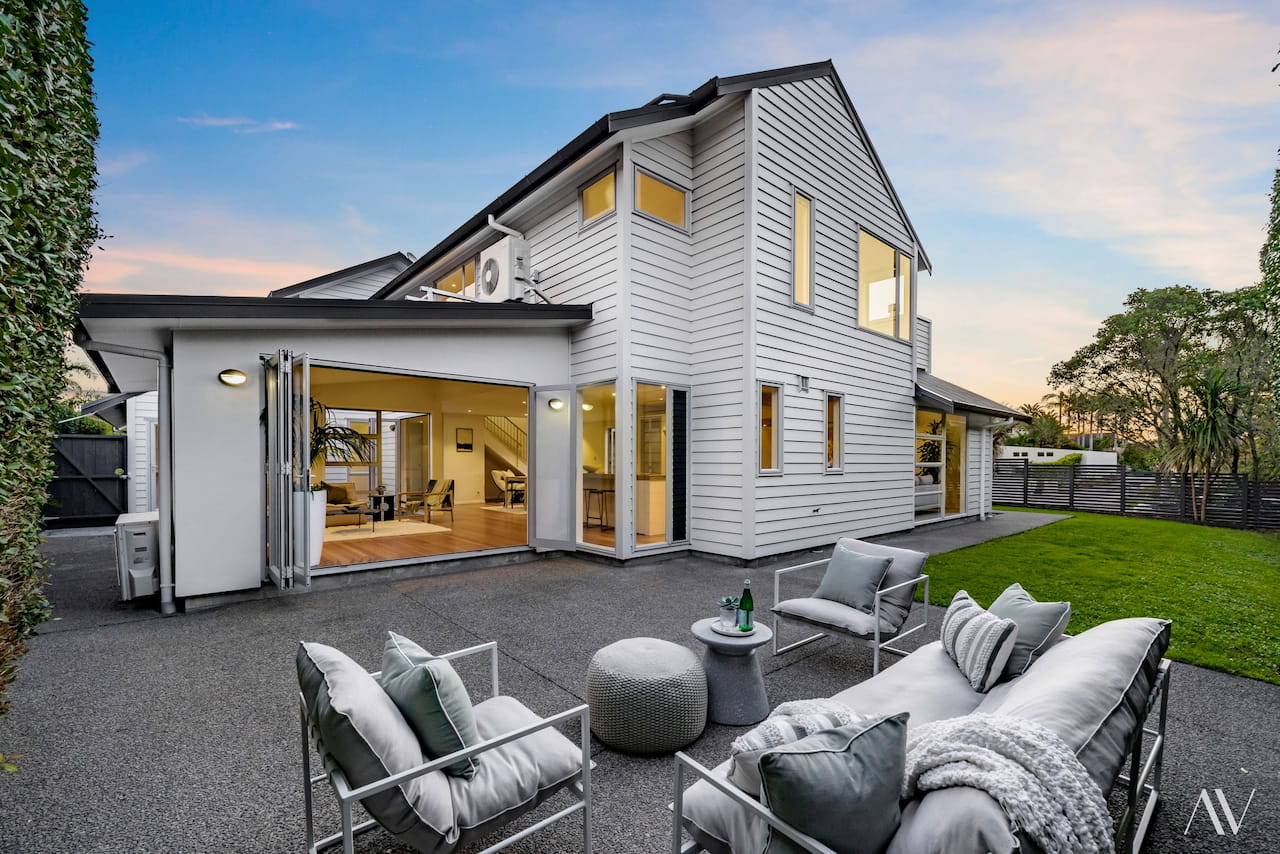The challenge
“We thought we had a mould problem in one cupboard resulting from the Auckland floods in 2022. It turned out to be much bigger.” – Mr Mackay, 39 English Oak Drive
What began as mould at the bottom of a cupboard turned into a broader issue. Moisture indicators near the gas califont revealed long-term water ingress due to missing flashings. Further penetrative testing identified other elevated moisture readings. The Mackay family were preparing to sell and needed the property watertight, code compliant, and ready to present to prospective buyers.
Exposing the problem
An inspection of the wall around the gas califont revealed significant issues: missing external flashings had allowed water to seep in over time. Additional areas showed higher-than-expected moisture levels. Mr Mackay said many issues such as water ingress are hidden from sight (which makes maintenance all the more important).
The search for a solution
Initial recommendations included cutting open the wall behind the califont, installing flashings, and targeting repairs in other suspect areas. The goal was to secure a targeted repair consent so the family could disclose to buyers that key issues were fixed.
The initial estimate sat at around $70,000 but as more invasive testing was done, more issues became apparent. With the extended scope of work the project required a partial reclad which meant plans had to be drawn and submitted to Council.
Why they chose Platinum Pacific Group
Platinum Pacific Group (PPG) were selected for their expertise in consented repair work, and their experience in managing Council requirements.
“Marty was excellent. He explained our options clearly, gave examples of similar situations, and used his experience with Council processes to guide us,” Mr Mackay said. “We wanted a Project Manager who could keep the process moving and keep us out of the weeds.”





